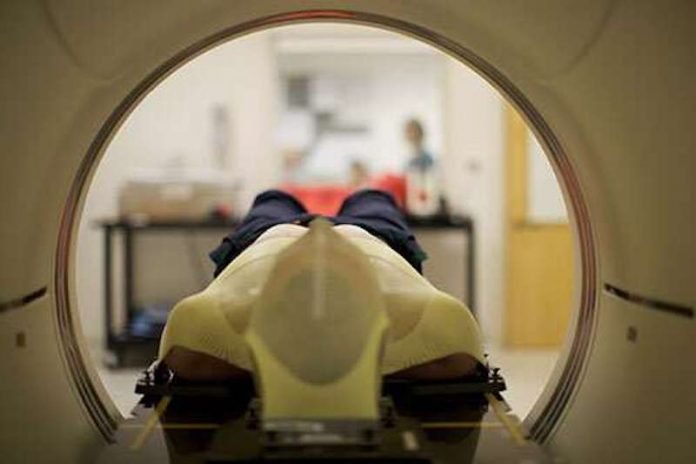
In a new study, researchers found that using MRI scans to target biopsies is more effective at detecting prostate cancer than standard ultrasound-guided biopsies alone.
The research combined the results from seven studies covering 2,582 patients.
The research was conducted by a team from the National Institute for Health Research (NIHR) and Universities of Bristol, Ottawa, Exeter, and Oxford.
Prostate biopsies can cause side effects and do not always identify the severity of cancer when it is present.
MRI scans are increasingly being used before undertaking a prostate biopsy as part of the clinical pathway to diagnose prostate cancer, but their use isn’t yet widespread in many countries.
In the study, the team looked at existing research in this area, focusing on men who had never had a prostate biopsy before.
They found that the use of pre-biopsy MRI combined with targeted prostate biopsy was better than a biopsy alone in detecting prostate cancers that are likely to need treatment.
Using pre-biopsy MRI led to fewer biopsy cores being taken per procedure, which in turn reduced side effects, and may potentially lead to avoiding biopsies for some men.
This new evidence supports the use of pre-biopsy MRI in diagnostic pathways for suspected prostate cancer.
This study adds to the growing body of evidence that targeting biopsies through pre-biopsy MRI, in men being checked for possible prostate cancer, leads to a more accurate sampling of the prostate gland.
The finding may lead to fewer biopsies and less chance of a misleading biopsy result, through better initial sampling.
Whilst there are obviously benefits for men to have a prostate biopsy, it is important to reduce the potential side effects and increase the accuracy of the initial biopsy procedure.
One author of the study is Professor Richard Bryant, an Academic Consultant Urologist at the Nuffield Department of Surgical Sciences at Oxford University.
The study is published in JAMA Network Open.
Copyright © 2019 Knowridge Science Report. All rights reserved.



